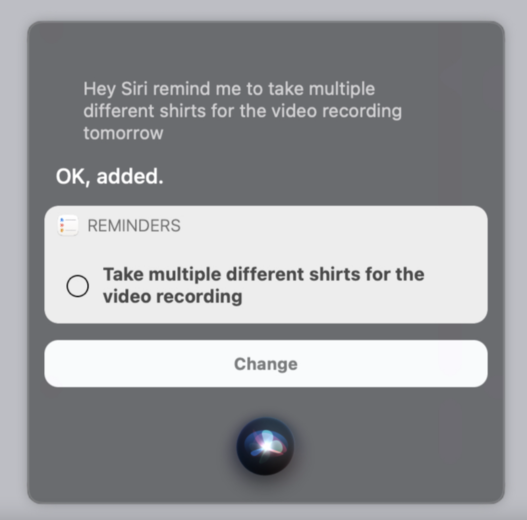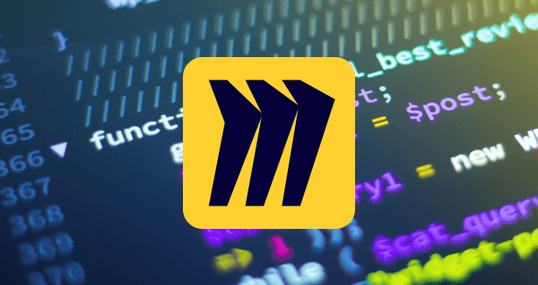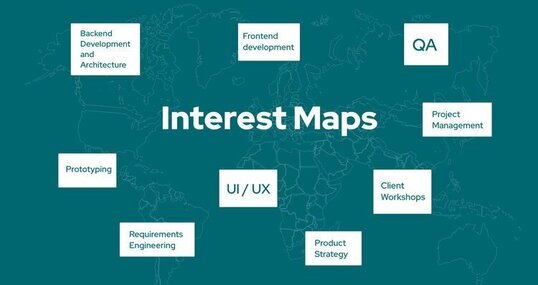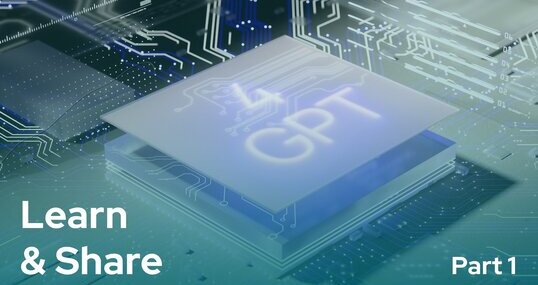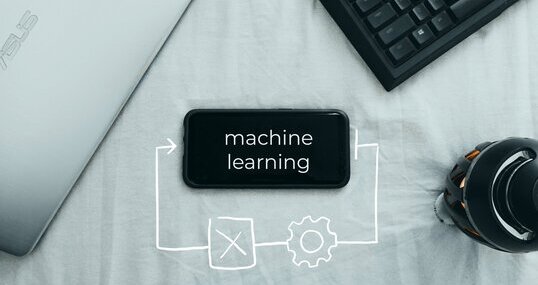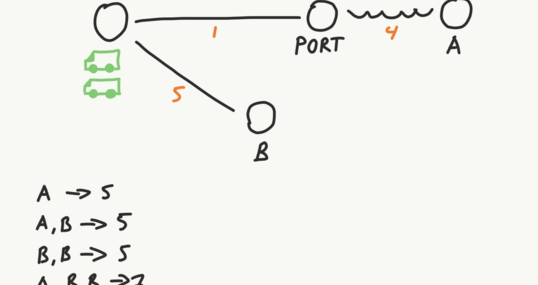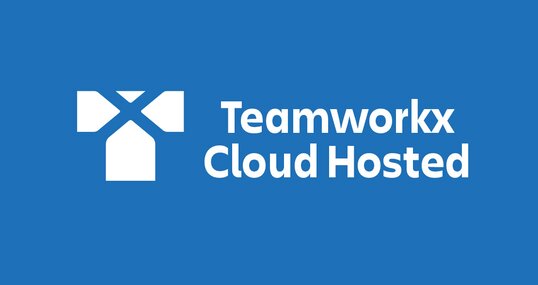I hate distractions. They can easily ruin my day when I'm in the middle of working on a cool project. They do that by overloading my mind, buzzing around inside me, and just making me tired. Even though we can think about several things at once, we can only do one thing at a time.
Some of these distractions are important, but can't they just wait until I do Git Push?
After I started using the concept of the "Thought Inbox", that's exactly what happened. It helps me stay in the "flow" and finish work while missing things. Here's how it works.
Inbox
The inbox is the critical part of my workflow. Not an inbox, but rather a thought inbox. As soon as something important but not urgent comes up, I put it in the inbox and get back to work.
Our brain is for coming up with the ideas, not storing them. Any stuck thought distracts and chains it down 🔗
Computers or paper, on the other side, are perfect for storing ideas. They don't feel a thing, so use them!
Inbox is such a mental shelf, where I can put a thought for a while. It clears my head and helps me to get back into the flow 🌊
Graveyard of sad ideas
I found that not everything works as inbox for me.
Chat with myself, scattered notes, open browser tabs - stop working after some time.
The Brain isn't stupid. If it sees that some shelf is just "a graveyard of sad ideas" (term by @alicetragedy), it will stop trusting it🤦
What makes Inbox tick: low friction and trust
For the inbox to work reliably, two things are needed:
(a) Inbox be easily accessible.
Putting something in shouldn't require cognitive effort. More effort — less likely it is for the inbox to be used. Voice automation and mobile entry are a plus.
(b) inbox should be processed regularly, every thought should be addressed.
Ideally, once every day, go through the inbox and clean it up: add ideas to a list, create tasks or simply discard. This can be a part of a Shutdown routine 🧹
Regular processing is the key for training the brain to trust the inbox. If it trusts — it will immediately drop the idea after recording it.
Ultimately, this saves mental energy throughout the day🔋
Inbox Apps
I use Apple Reminders as Inbox because:
Shared inbox is available across multiple devices: iPhone, iPad and MacBook.
There are multiple entry points depending on the situation: type, invoke shortcut or ask Siri.
Plenty of alternatives: Todoist, Trello, MS TODO

